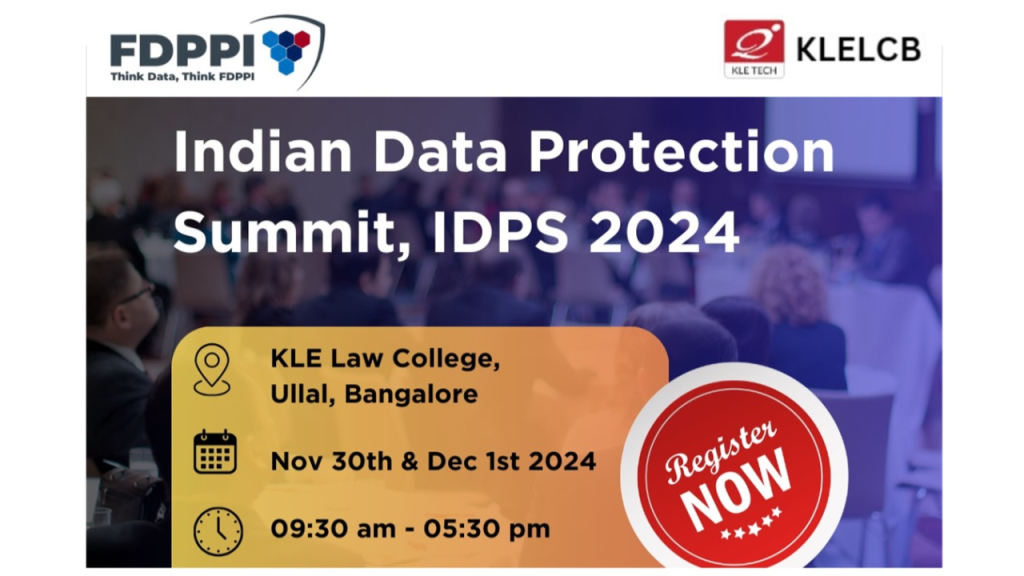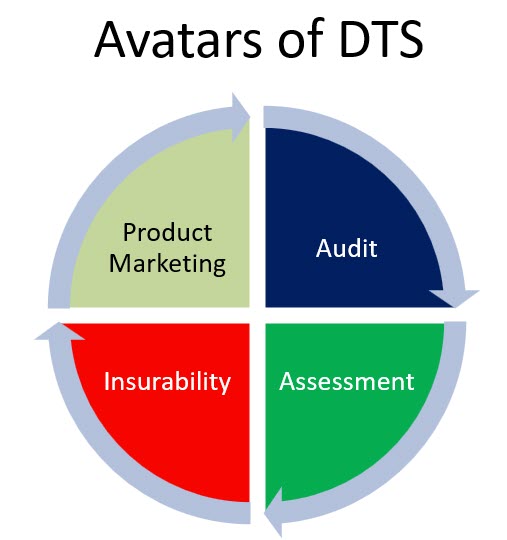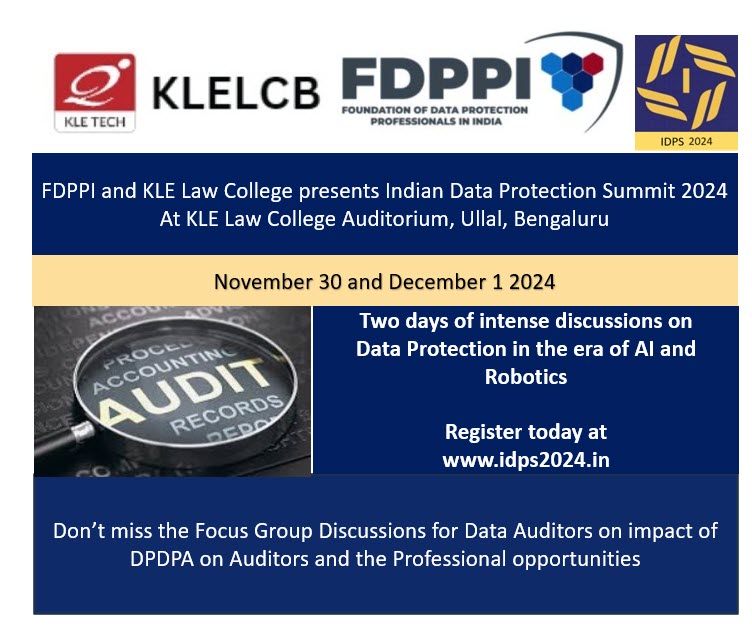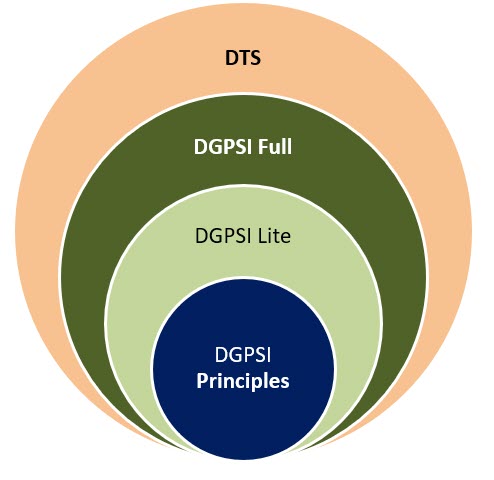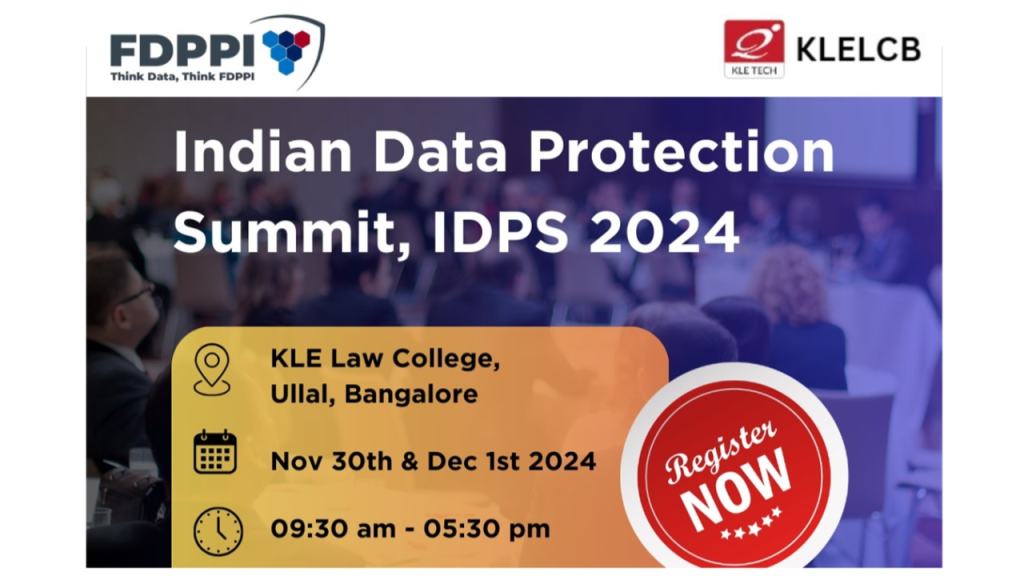IDPS 2024 is an annual event which every Data Protection Professional looks forward to in India for knowledge enhancement. This year the main theme is “AI and Robotics” and their impact on Privacy.
At this time, I would recall that in IDPS 2023, as well as in IDPS 2022, we had discussed “Emerging Technology” and its impact on Privacy.
For example, even in 2022, we had a panel discussion on Emerging technologies and Challenges , a link to which is available here
Has anything changed this year? Has the technology advanced further?
We have new generation of LLMs and new versions of humanoid robots. Some of these robots have been operationalized in India as well. New laws such as EU AI Act are emerging. US is struggling to find a solution to a federal AI law. The Quantum Computing has made more progress and the threat of our crypto systems being broken is closer to reality than earlier. Neuro rights which we started discussing in IDPS 2022 now finds an expression in California and Colorado laws of data protection. India itself which was discussing a Digital India Act appears to have slowed down its initiatives on the laws for new technology
IDPS 2024 has planned several Keynotes and Panel discussions and even a master class on AI to discuss the current developments in AI in EU, US and India.
It should be interesting to also discuss the use of humanoid robots in the Indian scenario and we hope to have some interesting discussions on the same.
The IDPS 2024 looks to be an exciting two days which Data Protection Professionals should not miss.
Checkout at www.idps2024.in and register today.
Naavi


